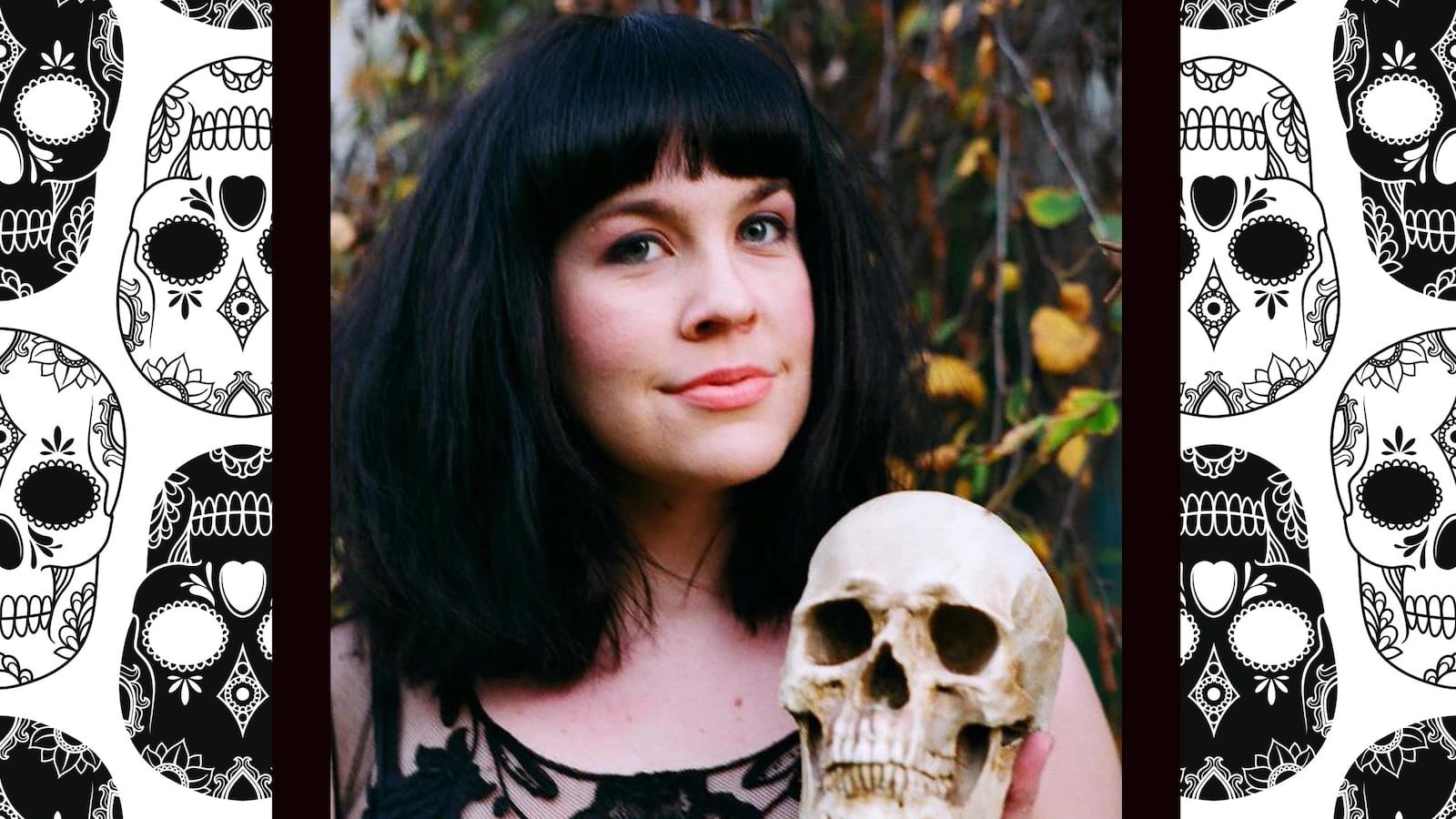Caitlin Doughty is certainly not the first person to publish a book about the funeral industry. She enters the good company of Jessica Mitford’s The American Way of Death, Mary Roach’s Stiff, and Mark Harris’s Grave Matters, among others. But Doughty may be the first person since Mitford to publish a funeral-industry memoir in hopes of changing the industry for the better.
A former crematory operator and licensed mortician, Doughty is the founder of The Order of the Good Death, a “group of death-industry professionals, academics, and artists exploring ways to prepare a death phobic culture for their inevitable mortality.” Doughty’s mission has been publicized through a very entertaining web-series she posts on YouTube called “Ask a Mortician” which the website Jezebel has been posting for about three years.
Doughty’s curiosity about death came after witnessing a young girl fall from the second story in a shopping mall in her native Hawaii when she was just a child herself. “That thud—that noise of the girl’s body hitting laminate—would repeat in my mind over and over, dull thud after dull thud.” The obsession over what happened to the girl (Doughty never found out whether she survived) drives her to search for death-industry jobs, and as it turns out, crematory operator is the only one that doesn’t require years of experience.
Each chapter in her resulting memoir, Smoke Gets in Your Eyes, is a rumination on a theme told through the stories of the deceased, much like the structure of the HBO show Six Feet Under. There is the inevitable gross-out description of the process of embalming, the neglected corpses and unclaimed cremains, the BART suicides, and matter-of-fact explanations of how the cremation machines work. Fans of Doughty’s web-series will find much of the same self-aware humor here as well. After her first day of mortuary school, Doughty writes, “Everyone grabbed their Nightmare Before Christmas messenger bags and left in a thoughtful mood.”
But the revelatory moment comes for Doughty when she is asked by her own family to plan her grandmother Tutu’s cremation. There are technical difficulties at the funeral home and things go awry. “I thought, for the three hundredth time that day, how different this would have been if I hadn’t caved and we had kept Tutu at home … Our family practically had to jog down the hall to keep up with the funeral director wheeling Tutu’s casket to the crematory.” As Doughty explains, no one really knows what the rules are when it comes to death. Families are bullied into giving up their loved ones’ bodies to the funeral home minutes after they die, and often pressured into embalming and expensive caskets. But she goes further than Jessica Mitford’s argument that the problem is business—for Doughty, we must first overcome our fear of death in order to have an honest conversation about what kind of ending we’d like to have.
Near the end of the book, Doughty reveals that one day she found herself alone in the Redwood Forest, a victim of unrequited love, speeding towards the edge of a cliff in her car. Realizing she had traveled there to commit suicide, she sat in the forest for hours, then luckily stumbled upon a woman asking for directions. “‘My husband always handled that sort of thing,’ she apologized. ‘He died last year. Sometimes I don’t know what to do with myself.’” The two women start a conversation, with Doughty explaining the cremation process. “‘Knowing all that stuff makes me feel better,’ she said with a smile, ‘I don’t know why, but it does. I’m glad I met you.’” This anecdote seems to encapsulate Doughty’s hope for a better approach to our inevitable demise. Perhaps the good death isn’t so impossible after all.






